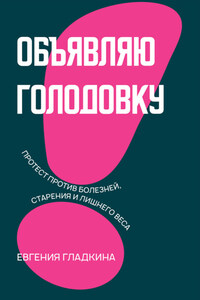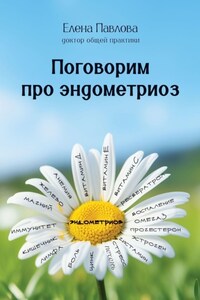Since the publication of my first book, Low Blood Sugar, in 1981, the established medical attitude to the diagnosis and treatment of low blood sugar has radically changed. For many years doctors viewed sudden falls in the blood sugar as a relatively harmless cause of the sort of transient symptoms that we can all at times experience. The recommended treatment at the time was usually sugar cubes or a bar of chocolate.
These days, low blood sugar, or hypoglycaemia to give it its proper name, is seen by many doctors, naturopaths and researchers as an important clue that indicates a general inefficiency in our sugar regulation system. This faulty control has been termed dysglycaemia.
A host of symptoms and health problems are now known to develop as a result of poor blood sugar regulation. These include obesity, high blood pressure, anxiety, depression, fatigue, late onset diabetes, gout, heart disease, thyroid and adrenal deficiency and a recently defined group of abnormalities known as Syndrome X, or the metabolic syndrome.
While some of the technical aspects of the diagnosis and treatment of low blood sugar will be briefly discussed, this book essentially offers dietary advice to readers with low blood sugar to enable them to help themselves. Correct eating to minimize the adverse effects of dysglycaemia can reduce the distressing symptoms of low blood sugar, and lessen the risk of the many health problems associated with a high sugar diet that can develop in later life.
Part One looks at what low blood sugar means, its causes and symptoms. Part Two concerns itself with diet, providing guidance on what you should and should not be eating and the importance of timing meals well, as well as an easy-to-follow low blood sugar diet. Low blood sugar can cause a wide range of problems and the solution is not always the same. For this reason, a range of case histories is provided to illustrate some of the problems and solutions involved.
Part Three is where we get practical with the Eat to Beat Low Blood Sugar recipes. Here you will find a selection of recipes appropriate for a low blood sugar diet - both in terms of their content and when they are designed to be eaten. Part Four, entitled Taking it Further, outlines the value of specific nutritional supplements used to treat low blood sugar.
Towards the end of the book you will also find a glossary that explains the terminology currently in use in the field of blood sugar imbalances - for instance, Syndrome X, insulin resistance, glycaemic index and dysglycaemia. Please note, low blood sugar, low blood glucose and hypoglycaemia are one and the same, so in order to avoid confusion I describe the condition as low blood sugar throughout this book.
Low blood ‘sugar’ refers to a low level of glucose in the blood. There are no rigid criteria for diagnosing low blood sugar, as considerable individual variations can exist. However, a blood glucose level of below 3.5mmol/litre will usually cause the typical symptoms of low blood sugar. This is not a rare condition – everyone reading this book will have experienced the symptoms of low blood sugar at some time in their lives.
However, for such a widespread problem, it is surprisingly misunderstood. Indeed for many people almost every aspect of the low blood sugar condition is either contradictory or confusing. This is well demonstrated by the questions that I am frequently asked, examples being:
‘If diabetics with high blood sugar need to avoid sugar, why do those with low blood sugar also need to avoid sugar?’
‘Why are the symptoms and causes of low blood sugar on the increase, yet most of us eat too much sugar?’
‘Why do many people with low blood sugar develop high blood sugar [type II diabetes] in later life?’
‘My doctor has advised me to suck a sugar cube whenever I feel shaky or dizzy between meals [low blood sugar symptoms]. You advise me to avoid sugar, who is correct and why?’
‘We are told that all the carbohydrates in our diet end up as glucose in the blood. Do I therefore need to avoid all forms of carbohydrate for the remainder of my life?’










